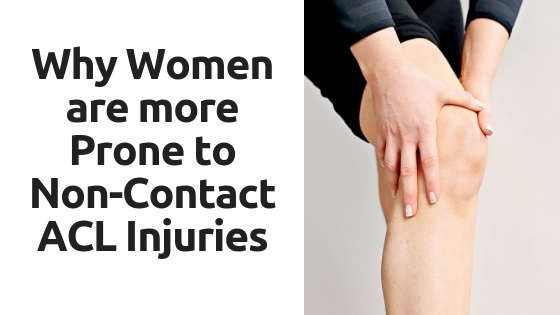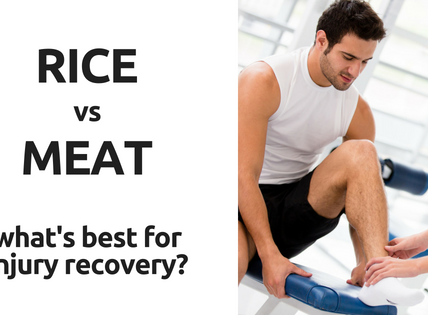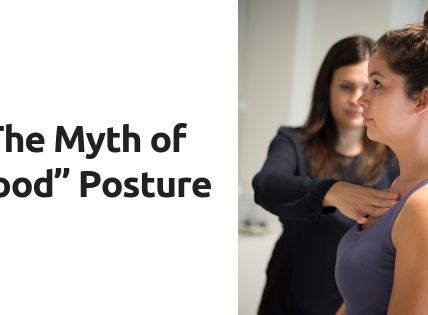As an Amazon Associate, I earn from qualifying purchases.

Sports and injuries have gone hand in hand for as long as sports have been around; but injuries aren’t only reserved for athletes. Physical activity of any kind can be hazardous if you’re not mindful. Let’s face it, if you are physically active or participate in any sport you are very likely to experience some type of injury whether it be a small strain or something more serious. For example, activities that involve changing directions quickly, jumping, and planting your feet can put a lot of stress on the knee; and young athletes are at an especially high risk specifically for ACL injury.
The ACL (Anterior Cruciate Ligament) is one of the key ligaments that helps to stabilize the knee joint, connecting the femur to the tibia. It stabilizes the knee during rotation and prevents the tibia from moving too far forward in relation to the femur during those sudden stops, twists, and landing when jumping. But this ligament, just like any other structure of the body, can only take so much stress before it gives out.
What to Expect After Knee Replacement Surgery(Opens in a new browser tab)
According to the American Orthopedic Society for Sports Medicine, about 150,000 ACL injuries occur every year. Out of these, only 30% are due to contact, like a football tackle or car accident; and recent studies reveal that young female athletes are 4 to 6 times more likely to suffer a serious non-contact ACL injury. While there’s some debate as to the exact cause, there are some factors that singularly, or in combination with each other, greatly increase the risk. One is a narrow intercondylar notch. This is the groove in the femur through which the ACL travels. The intercondylar notch tends to be smaller in women, making injury more possible. Another risk factor is the fact that women tend to have a wider pelvis than men, causing the bottom of the femurs to go in toward the midline at more of an angle. This causes women to be more likely to push their knees toward each other, especially when squatting or landing from a jump. One factor that puts all athletes at risk of an ACL injury is landing flat footed instead of on the balls of their feet. This doesn’t allow the force to be absorbed in the feet and calves, which leaves the knees in proper position, and instead can lead to a buckling of the knees, putting far more force on the ligaments of the joint than they can potentially handle.
As with most things, training properly can help reduce the risk of injury. There are a few ways that you can reduce the risk of an ACL tear. Proper, and equalized strength training of the legs and hips, proper neuromuscular (balance and speed) training, and proper coaching on jumping and landing are all things that can help the athlete to use correct form and take correct precautions when competing.
While being physically active and involved in sports is beneficial in many ways for people of all ages, training in the proper form and function of your activities can greatly reduce your risk of injury.





